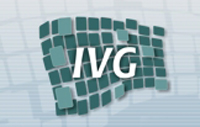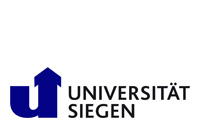
News
Sie sind hier
Guest Lecture by Dr. Edoardo Charbon
Please be advised, that Dr. Edoardo Charbon from TU Delft will hold a guest lecture on Monday, the 15th of May at 10:30 in Room H-A 3102.
Dr. Charbon has been Guest Editor of the IEEE Trans. on Computer-Aided Design of Integrated Circuits and Systems and the IEEE Journal of Solid-State Circuits and member of the technical committee for ESSCIRC, ICECS, ISLPED, VLSI-SOC, ISSCC, and IEDM.
He is a Distinguished Visiting Scholar with the W. M. Keck Institute for Space, California Institute of Technology, Pasadena, CA, a fellow of the Kavli Institute of Nanoscience Delft, a Distinguished Lecturer of the IEEE Photonics Society, and a fellow of the IEEE.
The title of the talk will be:
All-Digital, Quantum, Imaging, Qubits: What Do These Keywords Have In Common?
Abstract:
With the emergence of single-photon avalanche diodes (SPADs) integrated in standard CMOS processes, new options have appeared to explore the quantum limits of light in imaging, often exploiting fundamental properties of photons. Thanks to the compatibility of SPADs with deep-submicron CMOS processes, it has become possible to achieve massively parallel conversion of photons to digital signals that can be readily processed and/or transported with negligible losses. A new class of imaging sensors has emerged, known collectively as quanta image sensors (QIS) or all-digital image sensors (ADIS), for detection and processing of ultra-fast and complex photonic events, often present in biomedical imaging systems. These sensors are fast and robust with unprecedented timing accuracy, thus enabling to exploit the unique properties of entangled photons, along with more conventional modes of detection, such as PET, SPECT, NIROT, FLIM, FRET. The talk will describe several sensor architectures, including silicon photomultipliers (SiPMs) both digital and analog, looking at the fundamental limits of sensitivity, noise, and single-photon time resolution for increasingly demanding applications. The talk will close with an outlook into cryogenic CMOS (cryo-CMOS) circuits and systems and their use in the readout and control of qubits within fault-tolerant quantum-computing architectures.
We look forward to your interested participation.

